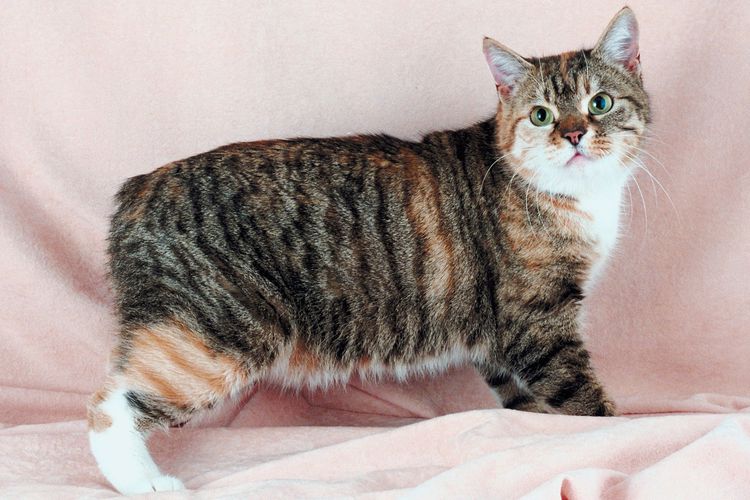|
We have been graced by the presence of one Manx kitty at Rock The Cat Spa, and we hope to have more visit us! We immediately wanted to know more about this tailless cat, so we did a bit of research, and found some interesting information to share… including Noah and the Ark… The History of Manx
The Manx originated on the Isle of Man, which lies between the UK and Ireland, and has been known as the home for Manx cats since the early 18th century. This breed is excellent at mousing, and have also been shown in cat shows beginning as far back as the late 1800s. The Manx Tail There are many interesting tales as to how the Manx cat came about, and what happened to its tail, but my personal favorite is about Noah. In this story, it is said that Noah was closing the door to the Ark, when the Manx ran in at the last moment, causing Noah to accidentally close the door on its tail! While this is a fantastic story, the missing tail is, in truth, a genetic mutation. A dominant gene in the breed affects the spine, and causes it to grow in different lengths, so there are many different classifications of Manx cats. A “longy” has a full tail, a “stubby” or “stumpy” has a partial tail, and a “rumpy” has no tail at all. The cats with full tails are not actually considered a full-breed Manx, since the longer tail means they do not have the dominant gene to pass on with the breed. Interestingly enough, even without a tail, Manx kitties can jump as high as other cats with no issues! Personalities Manx are very smart and a bit dog-like, which makes them a good breed to train and have fun with. (Playtime such as fetch is a favorite). They tend to be very active and have a high energy level. They also have shorter back legs, so they can hop like a bunny! Manx feel that they should be the center of attention, so be ready to lavish them with lots of love and one-on-one time. Distinguishing Characteristics This breed's coats may be short or long, and they are not hypoallergenic. The short haired Manx have double coats, so they need to be brushed daily, like the long haired variations, in order to be well maintained and avoid matting. Manx coats and eyes come in all different colors. Males tend to be medium to large sized, and up to 15 lbs, while female Manx are small to medium sized, and up to 9 lbs. Health Concerns The average lifespan of a Manx is around 15 years, although they are prone to health issues. “Manx Syndrome” is a kind of spina bifida. It can develop because they have no tail, but some kittens are affected while others are not. Spina bifida can cause several health issues such as arthritis, infections, difficulty walking, paralysis of the back legs, and incontinence. Concerns about the spine and overall health are absolutely conversations to have with your veterinarian, since having a Manx for years can be a costly investment, and have many quality of life considerations. Eye issues and colon problems have also been noted. If you’re able to give this historic breed the extra attention and care they need, then owning a Manx cat will be fun, and keep you busy!
0 Comments
Leave a Reply. |
AuthorWhen Cari has some free time from all the kitties, she likes to share her knowledge of all things cat in this bi-monthly blog. Enjoy the read! Archives
June 2024
Categories |


 RSS Feed
RSS Feed